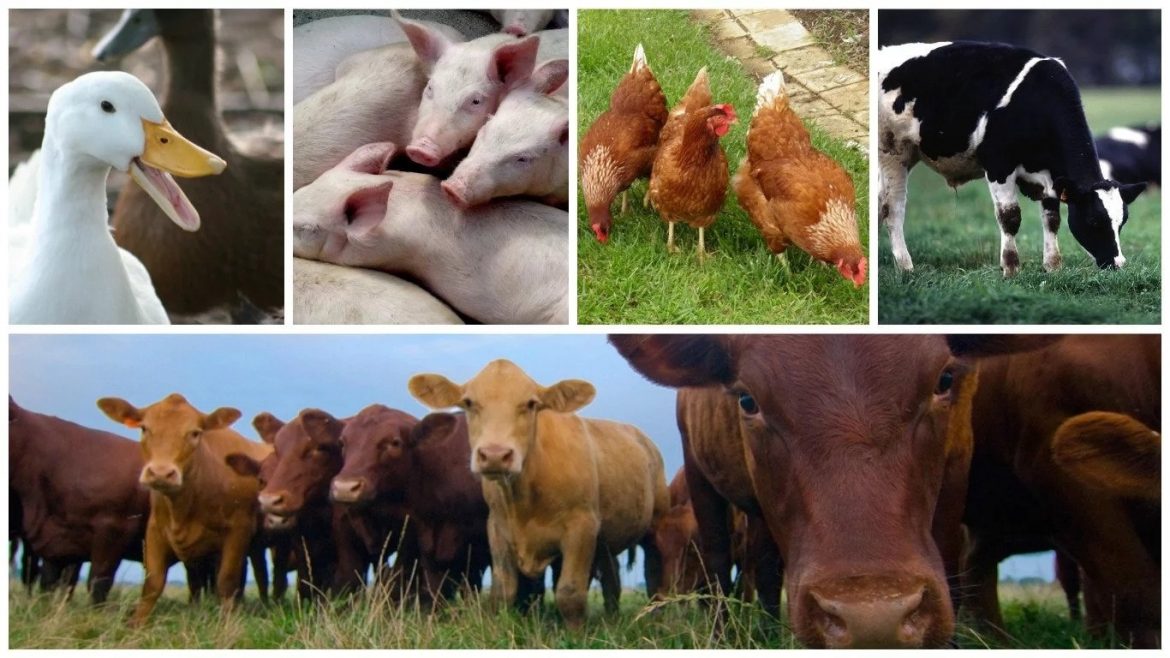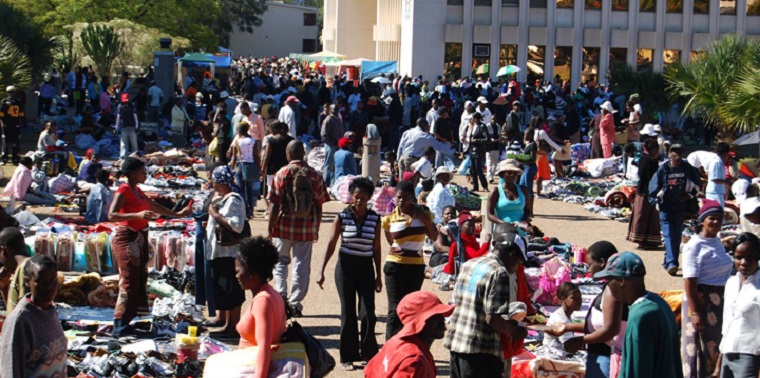THE government of Zimbabwe recently launched the National Development Strategy 1 (NDS1) which is a document consisting of plans for national development for the next 5 years. The document focusses on various sectors of the economy and in this article, I’m going to look at livestock production.
Livestock herd sizes declined nationally by approximately 20% for beef, over 83% for dairy, and 26% and 25% for pigs and small ruminants respectively, between 2009 and 2020. Furthermore, the productivity of smallholder cattle herds remains low, with Average calving rates of around 45% against a potential of 60%, and off-take rates of about 6% against a recommended 20%.

The agriculture sector, in general, is currently faced with the following challenges;
- inadequate financing and this is further worsened by high financing costs and the general economic environment,
- high operating costs, for example, high costs of feeds and other inputs,
- pricing distortions, for instance, different prices or wide price ranges for a single product,
- variable inputs management,
- rainfall variability,
- inadequate investment in the agricultural sector,
- inadequate irrigation infrastructure and watering points,
- huge post-harvest losses mainly due to lack of knowledge by some farmers, and
- Low adoption of ICTs in the agricultural sector.
Livestock production plays an important role in the social, cultural and economic environment of Zimbabwe and it makes significant contributions to the GDP.
The NDS1 plans to prioritize animal health and production through strengthening farmer knowledge, skills in livestock production and health, so as to enhance productivity through the following strategies; upscaling hay cutting, development of pastures green belts and creation of forage banks.
Provided this strategy is implemented, it can go a long way in improving the livestock sector this season because during dry seasons and drought times, Zimbabwe loses some animals due to lack of feeds, especially in the communal farmers.
NDS1 seeks to promote on-farm feeds formulation using cassava and cow peas to produce survival rations and there is also a need for investing into research and development of new efficient feeds and feeding strategies.
NDS1 also plans to intensify dipping programmes and blitz tick grease application to prevent and control entry and outbreaks of animal diseases. Majority of cattle were lost to a tick borne January disease and implementation of this plan will go a long way in preventing future losses from these diseases.
NDS 1 aims to provide lab diagnostics for research and confirmation of animal diseases NDS1 aims to strengthen implementation measures against Tsetse Fly and undertake operational research.
NDS1 also seeks to create livestock business centres for small stocks (goats, sheep, and rabbits), based on the Hub and Spoke Model. This is important because currently, there is a lack of formal goat markets, for example, and this can greatly improve rural economies.
Strengthening pass on schemes for dairy and small stock producers and increasing watering points for livestock is also another goal for NDS1.
NDS1 will establish a national bull centres and semen processing laboratory to strengthen conservation of animal genetic resources, and research and develop stress tolerant animal breeds, and further promote artificial insemination by cascading the programme to A1 small holder farmers.
Due to continuous use of exotic animals and unorganized breeding plans, there has been an ongoing genetic erosion of indigenous animal resources and this strategy can help conserve indigenous animal resources, which can survive better under local environment and also development of efficient productive breeds.
NDS1 plans to implement financial services-led livestock development initiatives models, which gradually phase out Government guaranteed command programmes through banks to a wholly private sector driven financing model.
NDS1 also plans to promote climate-proof Livestock Production through commercialization of fish, rabbits, bees and small stock. Effects of climate change cannot be understated. These are effects such as successive droughts, leading to reduced food and feed resources, extreme feed-food competition, extreme weather conditions, etc.
This strategy is aligned towards promotion of climate smart livestock ventures such as goats, which are resilient, for example, in drought times and survive on poor feed resources.
NDS1 is focusing on establishing breeding and genetic improvement centres and champion farmers in the breeding and distribution of improved breeds, thereby targeting export markets.
Livestock breeding has undergone a revolution through the use of modern recording systems and molecular genetic technologies. The truth is, Zimbabwe is lagging behind in these technologies and if this plan can be transformed into a success, the livestock industry in Zimbabwe will never be the same again.
NDS1 also aims to support surrounding farmers with trained livestock extension officers. Extension services are of great importance in agriculture. As a nation, we are not fully utilizing the use of technologies in farming. Use of ICT based extension services can go a long way in improving this sector.
NDS1 will also harmonize collection of levies in order to reduce the cost of compliance in livestock production.
NDS1 also seeks to resuscitate the Cold Storage Commission. The resuscitation of the Cold Storage Commission will make positive impacts in the national beef value chain. On the other hand, NDS1 plans to localize production of livestock inputs and veterinary vaccines and medicine. This will catapult livestock production to another level.
Yearly, University graduates in animal science and veterinary studies are released into the market. Uptake of these graduates into research and development as well as promoting full utilization of innovation hubs at learning institutions will contribute to improving the likelihood of success of the mentioned plan.
NDS1 plans to establish a Livestock Information Management and Traceability Systems for disease control and market access and Training and capacitation of extension officers. This is important in promoting the production, productivity and information delivery within the livestock sector.
The success of these plans will contribute effectively to food security, enhance sustainable farming, and increase household income as well as support rural livelihoods to be resilient to ever changing environments.
The success of NDS1 on the livestock sector requires collaborative efforts of all stakeholders, including researchers, farmers, private players, extension providers, etc.
The government should clearly lay out action plans, promote collaborative efforts of all stakeholders, and establish improved policies which forms an enabling environment in order to improve livestock production.
Investment into animal health, breeding, feeding, knowledge transfer, research and development and sourcing new, high value markets are key in improving national livestock production.
On the other hand, promoting the inclusion of the youths and the younger generation in the livestock sector will also aid in the success of the NDS1.
This article was first featured in the December Issue of The Entrepreneurial Magazine







